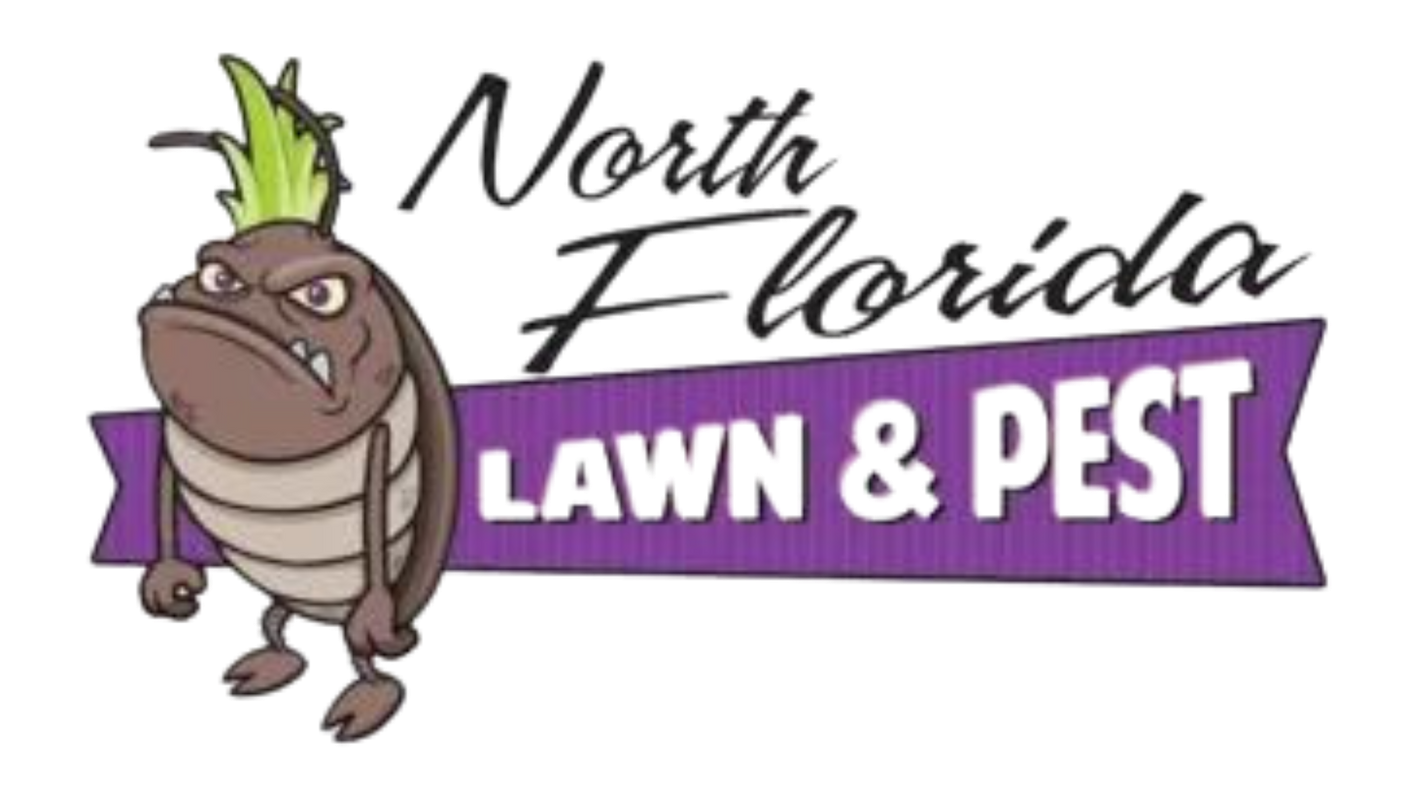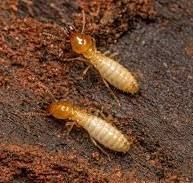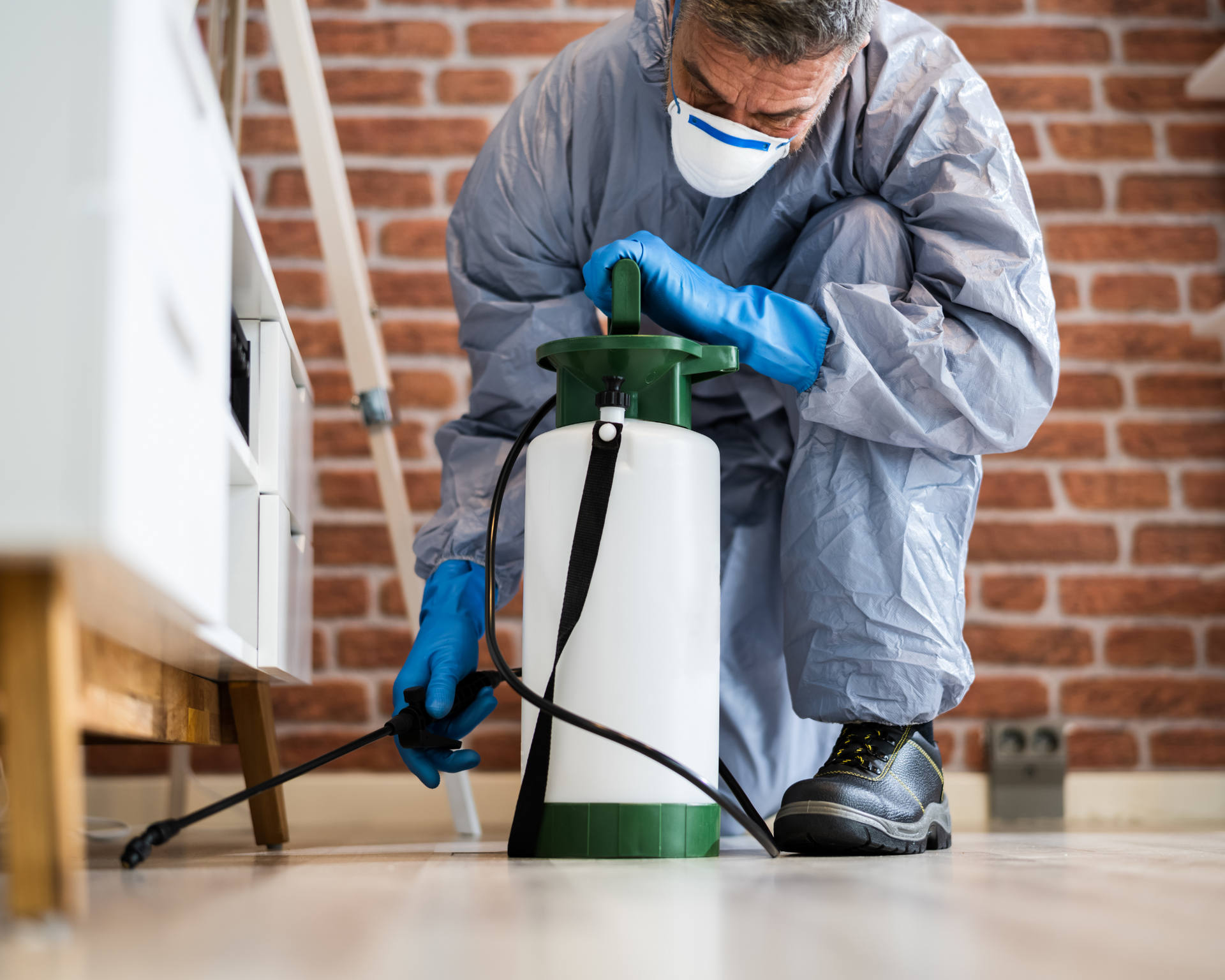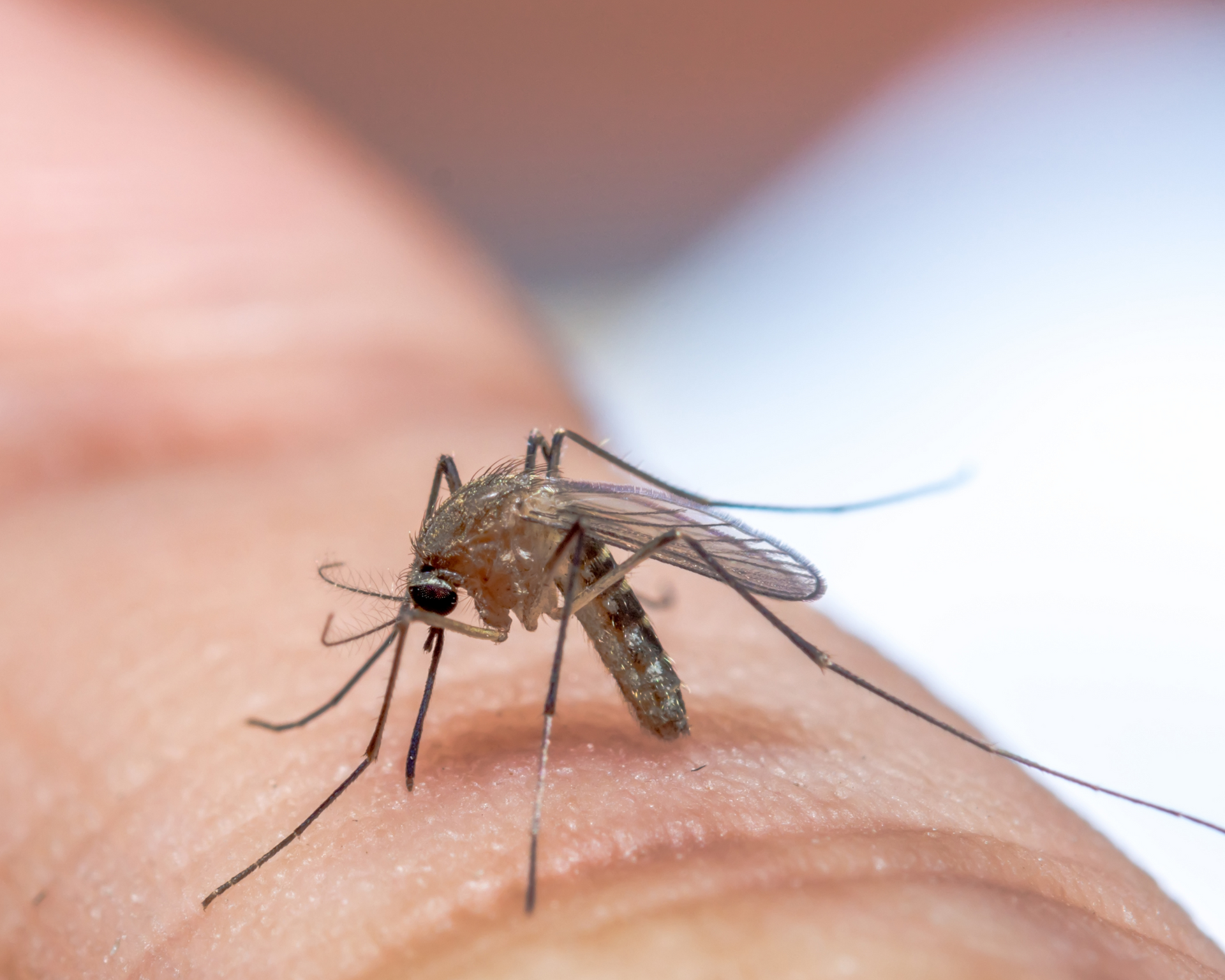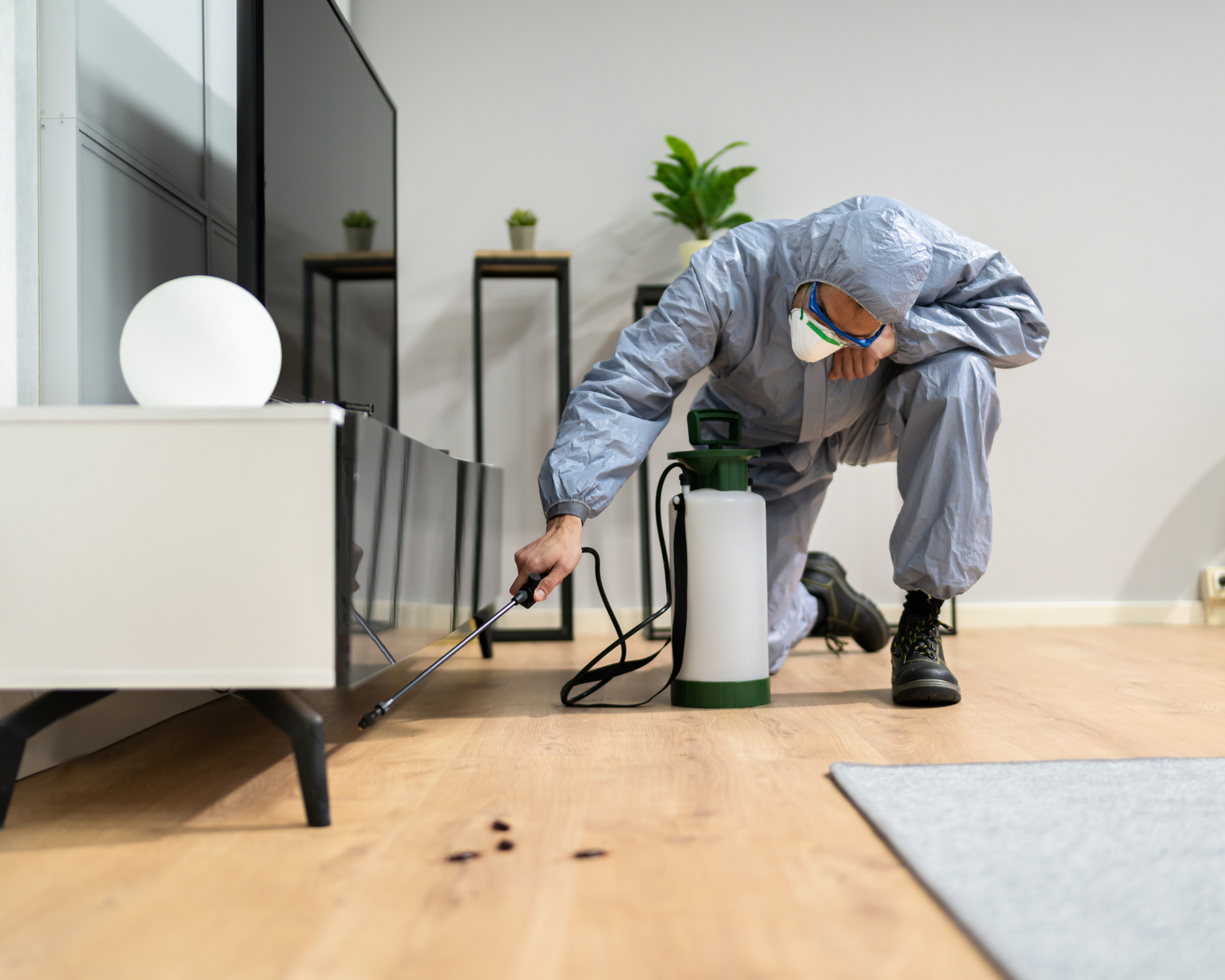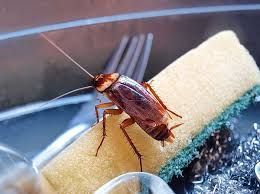How Do Pests Get into Homes Despite Regular Cleaning?
8 Reasons Pests Get into Your Home Despite Regular Cleaning
You keep your home clean, take out the trash, and wipe down surfaces daily—so why are pests still showing up? Many homeowners believe that a spotless house should keep bugs and rodents away, but the truth is pests can find their way inside even in the cleanest homes.
While regular cleaning helps reduce the chances of an infestation, it doesn't eliminate all the factors that attract pests. Professional pest control services can help identify hidden entry points and nesting areas, helping you address the root causes. Understanding how pests get in and what keeps them coming back allows for more effective, long-term prevention.
Regular Cleaning Helps, But It’s Not Enough
Keeping your home clean is essential for reducing pest problems, but it doesn’t address all the ways pests get inside. Cracks, hidden food sources, moisture, and clutter still provide entry points and attract unwanted guests. Understanding these factors and taking proactive steps beyond cleaning will help you maintain a pest-free home.
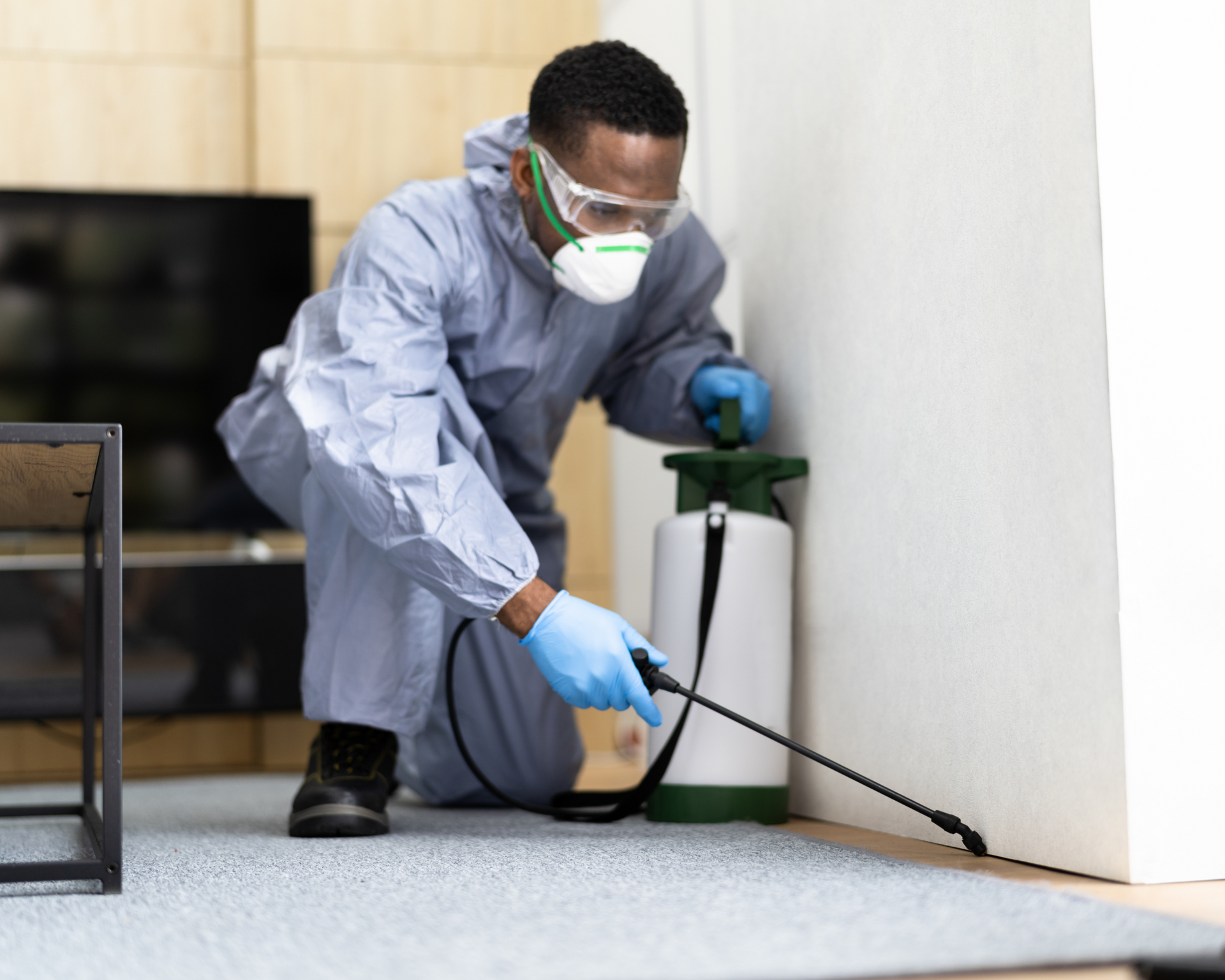
1. Tiny Cracks and Gaps Let Pests In
Pests don’t need a big opening to enter your home. Mice can squeeze through holes as small as a dime, and insects like ants and cockroaches can slip through the tiniest cracks.
🔹 Common Entry Points:
✔ Gaps around doors and windows
✔ Small cracks in the walls or foundation
✔ Open vents or chimneys
✔ Gaps around pipes and utility lines
Even if you clean daily, pests can still crawl in through hidden entry points. Sealing cracks and installing door sweeps can help block their way.
2. Food Sources Are Hard to Completely Eliminate
Even the cleanest kitchens still have food sources for pests. A single crumb or spilled drop of juice can attract ants, roaches, and rodents.
🔹
Common Food Sources for Pests:
✔ Crumbs under appliances (stove, fridge, toaster)
✔ Open food containers in the pantry
✔ Unsealed pet food bags
✔ Garbage cans without tight lids
Even if you wipe counters and floors, food particles can hide in hard-to-reach places. Storing food in airtight containers and deep-cleaning under appliances can help prevent pest problems.
3. Moisture Attracts Pests
Pests like cockroaches, silverfish, and termites are drawn to damp areas. If your home has leaky pipes, condensation, or standing water, pests will take advantage of the moisture.
🔹 Where Pests Find Water:
✔ Leaky faucets or pipes under sinks
✔ Damp basements and crawl spaces
✔ Standing water in plant trays or pet bowls
✔ Poorly ventilated bathrooms
Even if your home is clean, excess moisture can make it attractive to pests. Fixing leaks, using a dehumidifier, and keeping areas dry can help prevent infestations.
4. Clutter Provides Hiding Spots
A clean home doesn’t always mean a clutter-free home. Pests love to hide in dark, undisturbed areas, like storage boxes, piles of paper, and under furniture.
🔹 Common Clutter Hotspots:
✔ Attics and basements filled with old boxes
✔ Stacks of newspapers and magazines
✔ Closets with rarely used items
✔ Gaps behind furniture and appliances
Even if pests don’t find food, they may still invade your home for shelter. Decluttering and organizing reduces the number of hiding spots for pests.
5. Pests Hitch a Ride Inside
Sometimes, pests don’t enter through cracks or doors—they come in with you! Insects and rodents can hide in grocery bags, used furniture, or even on your clothes.
🔹
How Pests Sneak In:
✔ Grocery bags with insects from the store
✔ Used furniture or mattresses carrying bed bugs
✔ Firewood brought inside with hidden ants or termites
✔ Luggage after a trip (bed bugs)
Checking your belongings before bringing them inside can help prevent unwanted guests from entering your home.
6. Outdoor Factors Bring Pests Closer to Your Home
Pests start outside before they move in. If your yard has overgrown plants, trash, or standing water, pests will gather nearby and eventually find their way inside.
🔹
Outdoor Conditions That Attract Pests:
✔ Overgrown bushes and trees touching the house
✔ Uncovered trash cans
✔ Stagnant water in birdbaths or gutters
✔ Stacked firewood close to the home
Trimming plants, keeping the yard clean, and sealing outdoor trash bins can help keep pests away from your home.
7. Seasonal Pest Activity
Pest problems often get worse during certain times of the year. Even if your home is spotless, seasonal changes can drive pests indoors looking for warmth, shelter, or food.
🔹
Common Seasonal Pest Issues:
✔
Spring & Summer – Ants, mosquitoes, flies, and wasps become more active.
✔
Fall – Spiders, roaches, and rodents move inside as temperatures drop.
✔
Winter – Mice and rats seek warmth and shelter indoors.
Sealing entry points before the seasons change can help stop pests from sneaking in.
8. Neighbors’ Pest Problems Can Spread to You
Even if you take every precaution, pests can spread from neighboring homes. If a neighbor has an infestation, it’s possible the pests could travel to your house through shared walls, pipes, or vents.
🔹
Pests That Spread from Neighbors:
✔ Bed bugs (from shared walls in apartments)
✔ Roaches (from neighboring homes)
✔ Rodents (traveling through yards and sewers)
If you notice pests after a neighbor has an issue, call a pest control professional to prevent an infestation in your home.
How to Keep Pests Out for Good
Even with regular cleaning, pests can still find ways inside. To keep them out, follow these simple prevention steps:
✅
Seal entry points – Close cracks around windows, doors, and walls.
✅
Store food properly – Use airtight containers for pantry items.
✅
Fix leaks – Reduce moisture in kitchens, bathrooms, and basements.
✅
Declutter – Keep storage areas organized and clear out unused items.
✅
Inspect belongings – Check grocery bags, used furniture, and luggage for pests.
✅
Maintain your yard – Keep bushes trimmed, remove standing water, and secure trash bins.
✅
Schedule pest inspections – A professional can spot pest issues
before they become serious problems.
By taking these extra steps, you can greatly reduce the chances of a pest infestation—even in a spotless home!
Want To Learn More? Contact Us
Preventing pests from entering your home starts with early detection. Despite regular cleaning, pests can still invade through hidden entry points and unnoticed attractants. Identifying the signs of an infestation early can help you take swift action before the problem worsens.
A sudden increase in cockroaches, rodents, or termites often means pests are already multiplying indoors. Strange noises, like scratching in walls or buzzing in attics, can indicate hidden infestations. Structural damage, such as gnawed wires or hollow wood, suggests that pests are actively causing harm.
Unpleasant odors, like rodent urine or decaying pests, can signal a serious issue. If you or your family experience unexplained bites, skin irritation, or allergy symptoms, pests like fleas, mites, or bed bugs could be the cause. Even pets scratching excessively or family members with respiratory issues may indicate a pest presence.
Some infestations pose immediate dangers, such as wasp nests, venomous spiders, or aggressive rodents. Since pests can still get inside despite your best cleaning efforts, professional pest control services can help eliminate them and prevent future invasions. Contact us today for fast, effective pest control solutions.
Our Additional Posts On Pest Control
Copyright © 2024 - St Augustine Pest Control by NFLP All Rights Reserved
